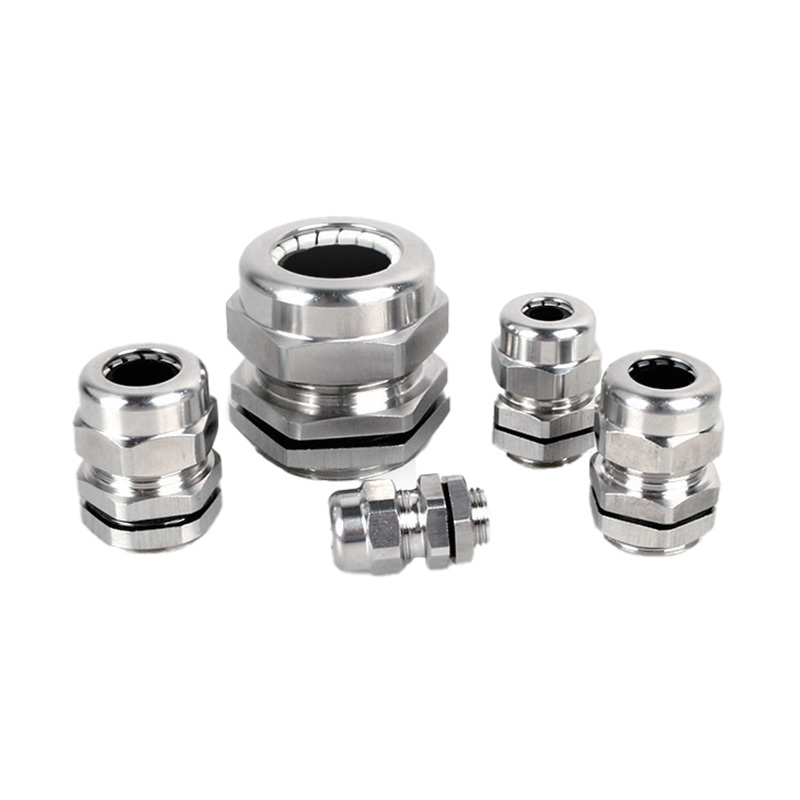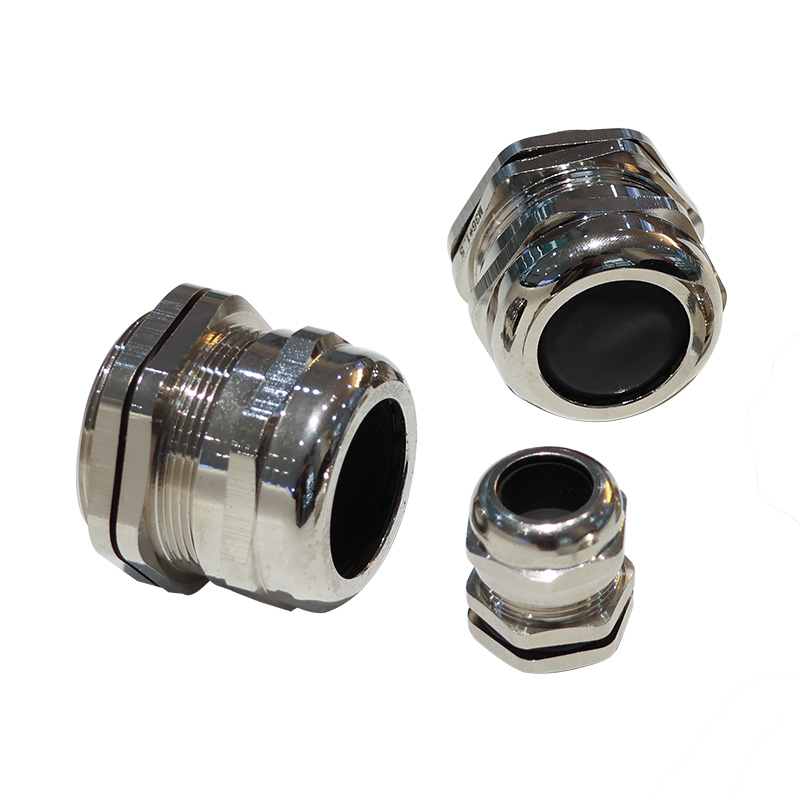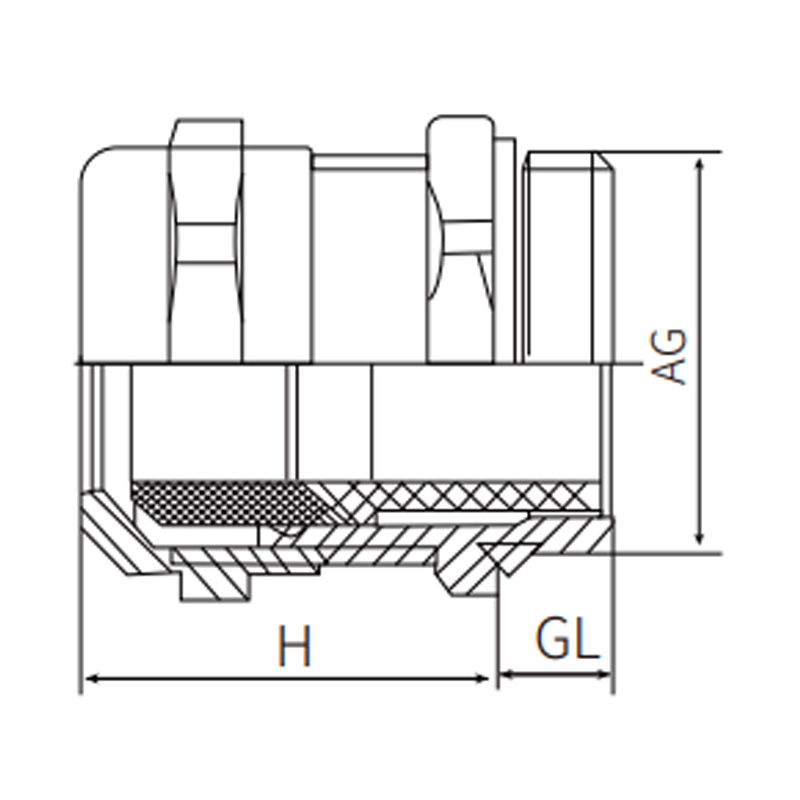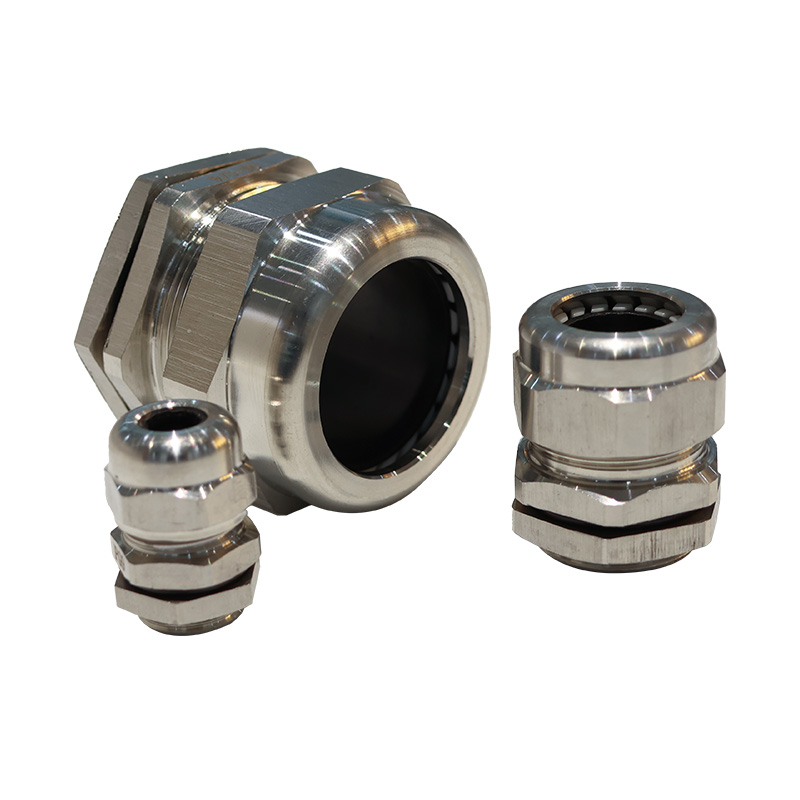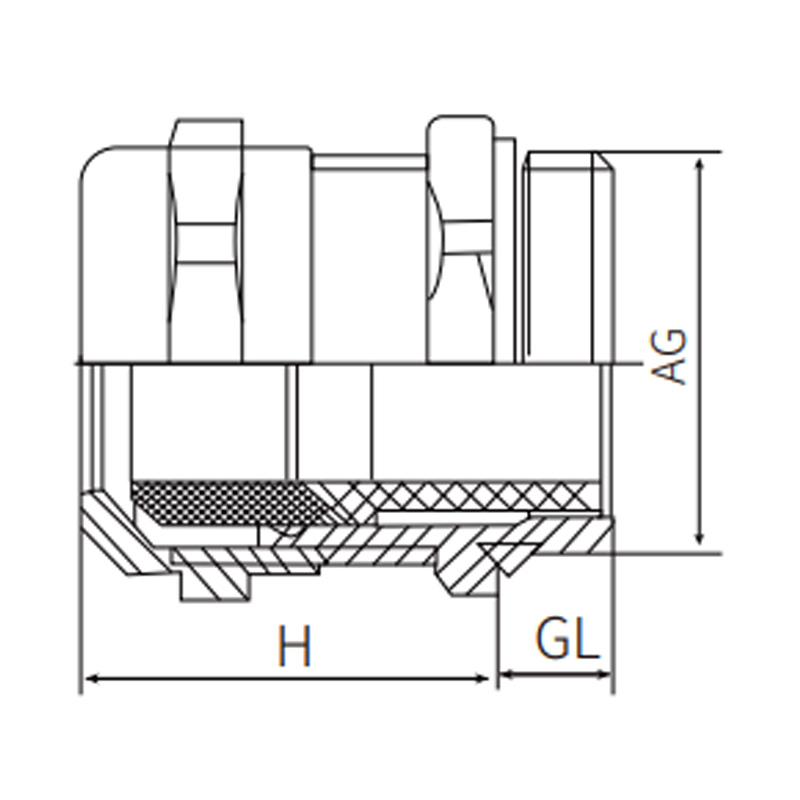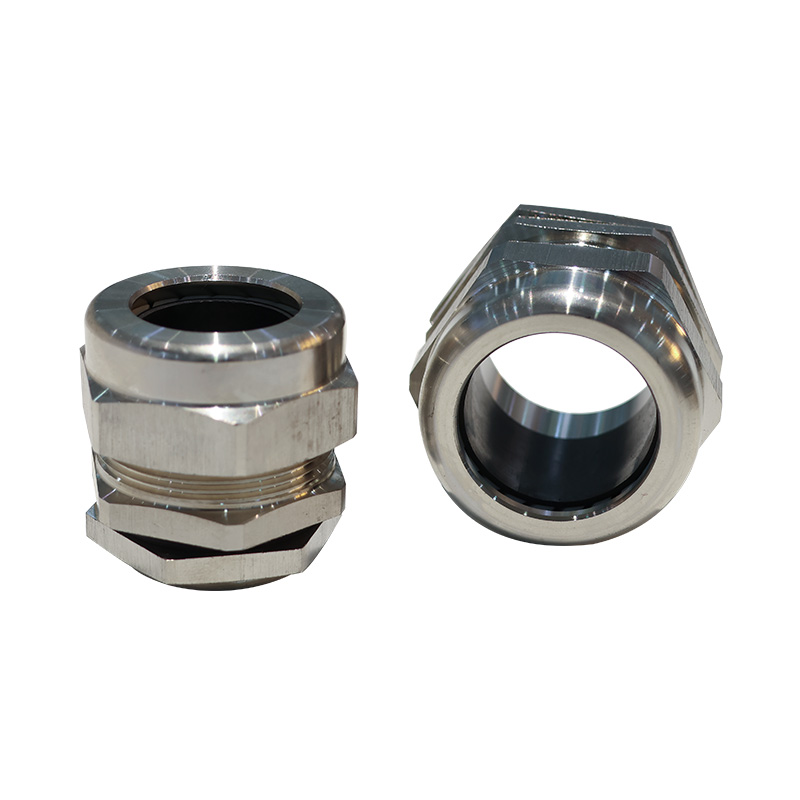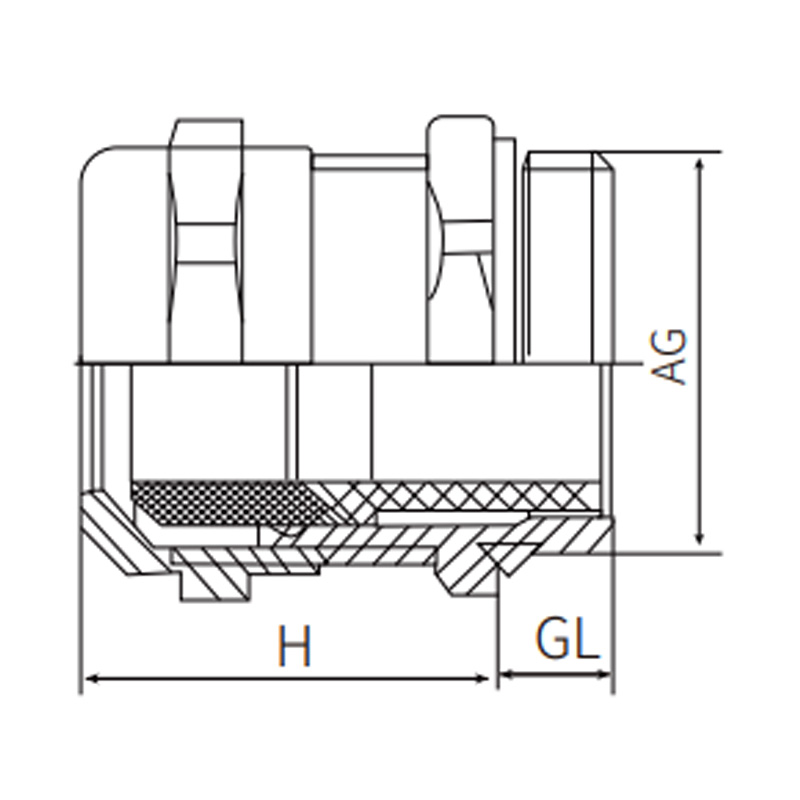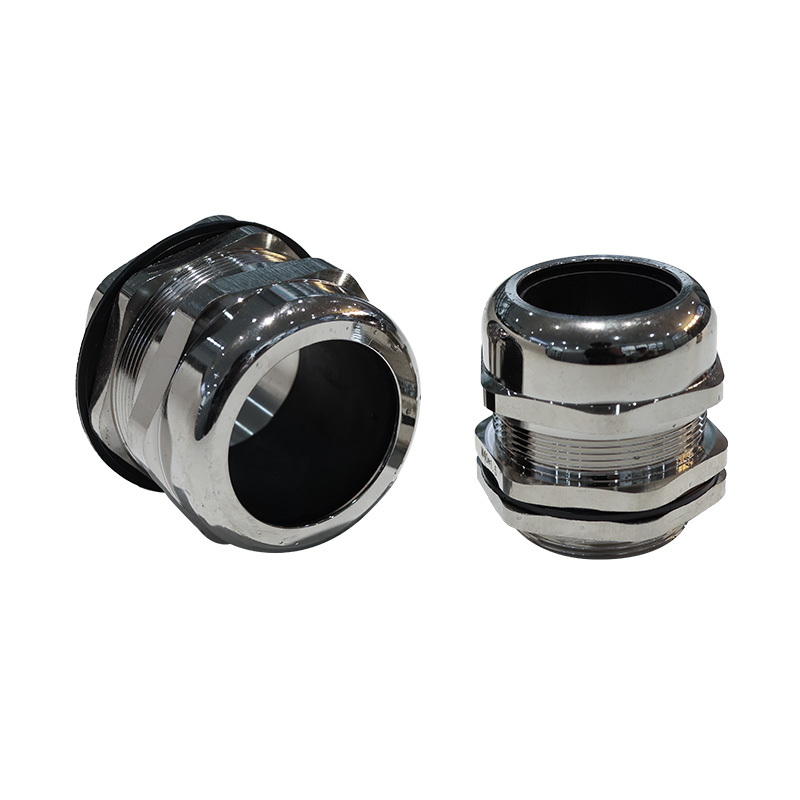Understanding and selecting the correct IP rating is essential when choosing a Waterproof Junction Box or Waterproof Distribution Box. It ensures safety, reliability, and long-term...
READ MORE-
-
Outdoor electrical installations face unique challenges that require specialized components to ensure their reliability and safety. Among the more important components are metal ca...
READ MORE -
Durability is a key factor when designing and maintaining electrical systems. With so many environmental challenges that electrical installations face—such as excessive temperature...
READ MORE -
Safety compliance is not just about adhering to regulations; it’s about protecting people, equipment, and infrastructure from the risks of electrical hazards. Electrical fires, sho...
READ MORE
Industry Knowledge Extension
Where are Stainless Steel Cable Glands Typically Used?
Stainless steel cable glands are specialized components designed to secure and seal the ends of cables where they enter equipment, providing strain relief and preventing the ingress of contaminants. Their specific material properties make them the default choice for applications where environmental conditions would quickly degrade lesser materials. Their use is critical in ensuring the safety, integrity, and longevity of electrical systems in challenging settings.
- Harsh And Corrosive Industrial Environments.
Industries such as chemical processing, oil and gas, and pharmaceuticals frequently deal with exposure to aggressive chemicals, solvents, and vapors. Stainless steel, particularly grades 316 or 316L, offers exceptional resistance to a wide range of these corrosive substances, protecting the electrical connection points within the gland and the enclosure from degradation and failure. This prevents dangerous short circuits and maintains operational continuity.
- Outdoor, Marine, And Coastal Installations
These settings expose equipment to constant moisture, salt spray, and wide temperature fluctuations. The corrosion resistance of stainless steel prevents the rust and pitting that would afflict plated brass or carbon steel glands, ensuring a lasting seal. This makes them ideal for use on ships, offshore platforms, dockside equipment, and outdoor machinery that must withstand years of exposure to the elements without maintenance.
- Hygienic And Washdown Applications
Notably in food and beverage production, dairy processing, and pharmaceutical manufacturing. Facilities in these sectors require frequent, high-pressure cleaning with hot water and caustic cleaning agents. Stainless steel is non-porous, easy to sterilize, and resistant to these harsh cleaning protocols. Its smooth surface also prevents bacterial growth, making it essential for meeting stringent health and safety standards.
What are the Significant Advantages of 1/2 Inch NPT Stainless Steel Cable Glands?
The 1/2 Inch NPT (National Pipe Taper) stainless steel cable gland is a particularly common and versatile fitting, combining a standardized thread size with the inherent benefits of stainless steel construction. Its advantages are significant and directly contribute to system reliability and safety in demanding applications.
Exceptional Environmental Resilience
The stainless steel construction provides high mechanical strength and resistance to impact, crushing, and vibration. Coupled with its corrosion resistance, this makes the gland incredibly durable in the face of moisture, chemicals, UV exposure, and temperatures. This durability ensures the gland maintains its sealing integrity and clamping force over a long service life, reducing the need for frequent replacements and associated downtime.
The Security Of The NPT Threaded Connection
The NPT thread is tapered, meaning it gets tighter the further it is screwed into a compatible threaded entry. This taper creates a robust mechanical lock that is highly resistant to loosening from vibration, a common cause of failure in machinery. When combined with a sealing washer, the metal-to-metal deformation of the tapered threads itself assists in forming a very effective seal against liquids and gases, enhancing the overall ingress protection (IP) rating of the enclosure.
Offer Hygiene And Safety
The non-porous nature of stainless steel prevents the absorption of contaminants and makes the glands easy to clean and disinfect, which is crucial in food, medical, and pharmaceutical settings. Furthermore, as a metal, stainless steel provides effective electromagnetic shielding (EMI) and, when properly installed with a grounding shroud, can contribute to the grounding continuity of the cable armor, protecting sensitive equipment from interference and improving electrical safety.
What is the Material of Stainless Steel Cable Glands?
While commonly referred to simply as "stainless steel," cable glands are typically manufactured from specific grades of this alloy, chosen for their balance of corrosion resistance, mechanical properties, and cost. The term "stainless steel" refers to a family of iron-based alloys containing a of 10.5% chromium, which forms a passive, protective oxide layer on the surface that prevents rust.
The prevalent grade used for general industrial cable glands is AISI 304 (or SS304) stainless steel. This grade contains 18% chromium and 8% nickel (often called 18/8 stainless). It offers good corrosion resistance against a wide range of atmospheric environments and many organic and inorganic chemicals. It is a cost-effective and versatile choice for applications where exposure to highly aggressive corrosives is not a primary concern, such as indoor industrial settings or milder outdoor environments.
For more demanding applications, AISI 316 (or SS316) stainless steel is the Widely specified material. The key difference from 304 is the addition of 2-3% molybdenum. This element significantly enhances the alloy's resistance to pitting and crevice corrosion, particularly from chlorides like salt. This makes SS316 the indispensable material for marine and coastal applications, chemical processing plants, and any environment involving exposure to aggressive acids or halides. A low-carbon variant, 316L, is often used to prevent sensitization (grain boundary carbide precipitation) during welding, which can compromise corrosion resistance in the heat-affected zone. The material selection is therefore not arbitrary but a critical engineering decision based on the specific operational environment.


 English
English 中文简体
中文简体 Español
Español عربى
عربى

